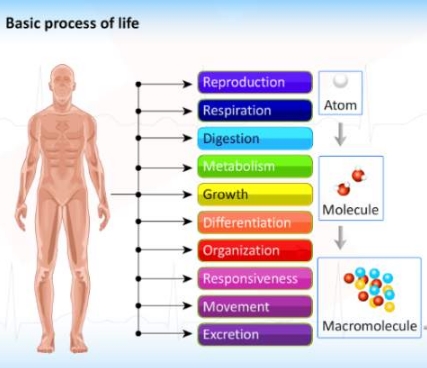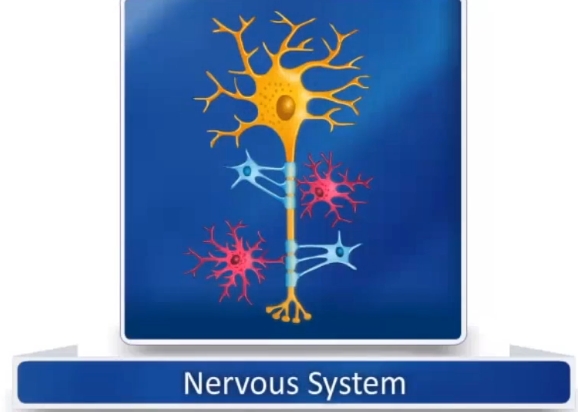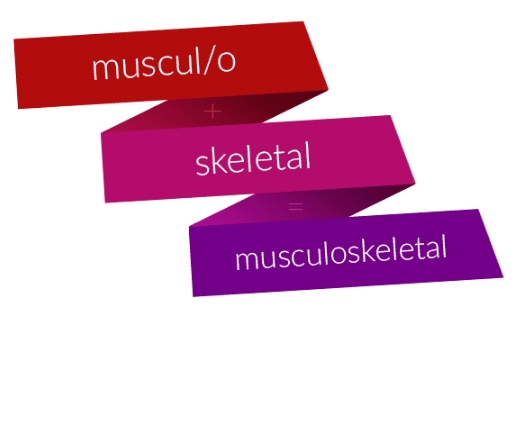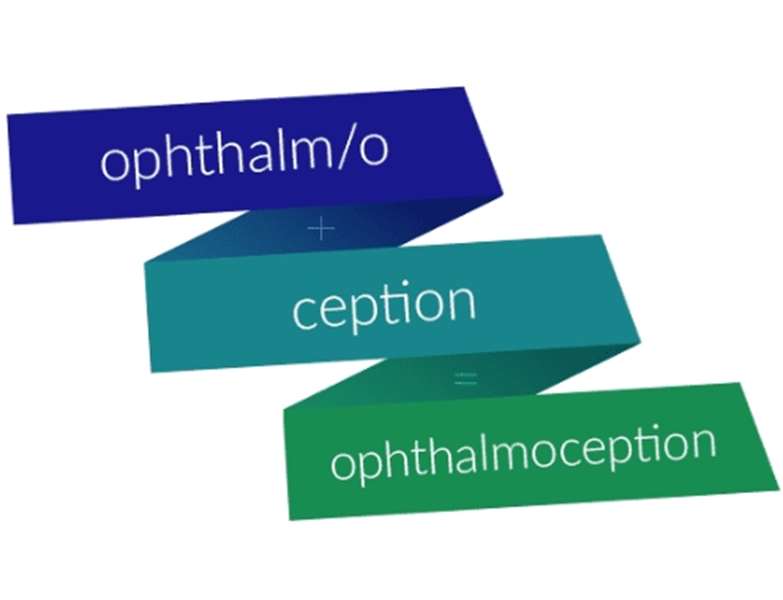About this course
Healthcare and medical professions have their own vocabulary, a specialised language that allows for quick and efficient communication between its members while minimising potential misunderstandings. Whether you are new to the medical profession or need a refresher class, we have a medical terminology course that will give you the boost you are looking for to further your career! In this course, we will cover the medical language and terminology used by healthcare professionals everywhere (in this specific subject area). If you’re interested in pursuing a health career and need the ability to communicate with medical professionals, you will find this course a perfect fit by providing you with a solid foundation in medical language.
This course forms one (subject-specific) module of our comprehensive "Medical Terminology" programme (which is comprised of 17 subject modules in total). The full programme is recommended if you require an extensive primer in various core aspects of medical terminology.
Lesson Objectives
- Name the organs of the sensory system and describe their location and functions.
- Identify terminology related to the eyes, ears, nose, and throat (the sensory system).
- Define meanings of combining forms, prefixes, and suffixes of sensory system terminology.
- List and explain clinical procedures and laboratory tests.
- Describe common conditions and diagnoses associated with each part of the sensory system.
- Recognize and define abbreviations that pertain to the sensory system.
- Interpret the medications commonly used for individual sensory systems.
Content
- 10.0 Special Senses Video
- 10.1 Senses
- 10.2 Anatomy of the Eye
- 10.3 Lacrimal Apparatus & Eyelids
- 10.4 Conjunctiva, Sclera, Cornea
- 10.5 Pupil and Iris
- 10.6 Choroid and Ciliary Body
- 10.7 Lens
- 10.8 Posterior Cavity
- 10.9 Retina
- 10.10 Extraocular Muscles
- 10.11 The Nerves of Vision
- 10.12 Physiology of Vision
- 10.13 Eyelid
- 10.14 Lacrimal Gland
- 10.15 Conjunctiva, Sclera and Cornea
- 10.16 Iris, Pupil, and Anterior Chamber
- 10.17 Lens
- 10.18 Posterior Cavity and Retina
- 10.19 Extraocular Muscles
- 10.20 Chapter 10 Activity 1
- 10.21 Refractive Conditions of the Eye
- 10.22 Conditions of Visual Cortex in the Brain
- 10.23 The Science of Vision
- 10.24 Pathophysiology of Eye
- 10.25 Terminology Review for Eye
- 10.26 Diagnostics & Procedures for Eye
- 10.27 Abbreviations for Ophthalmology
- 10.28 Prefixes and Suffixes and Combining Forms for the Eye
- 10.29 Ocular Pharmacology
- 10.30 Ocular Pharmacology (continued)
- 10.31 Anatomy of the Ear
- 10.32 Outer Ear
- 10.33 Middle Ear
- 10.34 Inner Ear
- 10.35 Physiology of Hearing
- 10.36 Transmission of Sound
- 10.37 Ear Structures Review
- 10.38 Chapter 10 Activity 2
- 10.39 Pathophysiology of Ear
- 10.40 Diagnostic Testing for Ear
- 10.41 Surgical Treatment of Ear
- 10.42 Otic Pharmacology
- 10.43 Suffixes, Combining Forms and Abbreviations for Ear
- 10.44 Chapter 10 Quiz 1
- 10.45 Nose and Mouth Anatomy
- 10.46 Sense of Smell
- 10.47 Sense of Taste
- 10.48 Pathophysiology of Nose & Mouth
- 10.49 Diagnostic Testing of Nose & Mouth
- 10.50 Surgical Treatment of Nose & Mouth
- 10.51 Suffixes, Combining Forms and Abbreviations for Nose and Mouth
- 10.52 Sense of Touch
- 10.53 Chapter 10 Quiz 2
- 10.54 Prefixes, Suffixes, Combining Forms for Sensory System
- 10.55 Chapter Review
- 10.56 Chapter 10 - Test
- 10.57 Special Senses Chapter Survey





